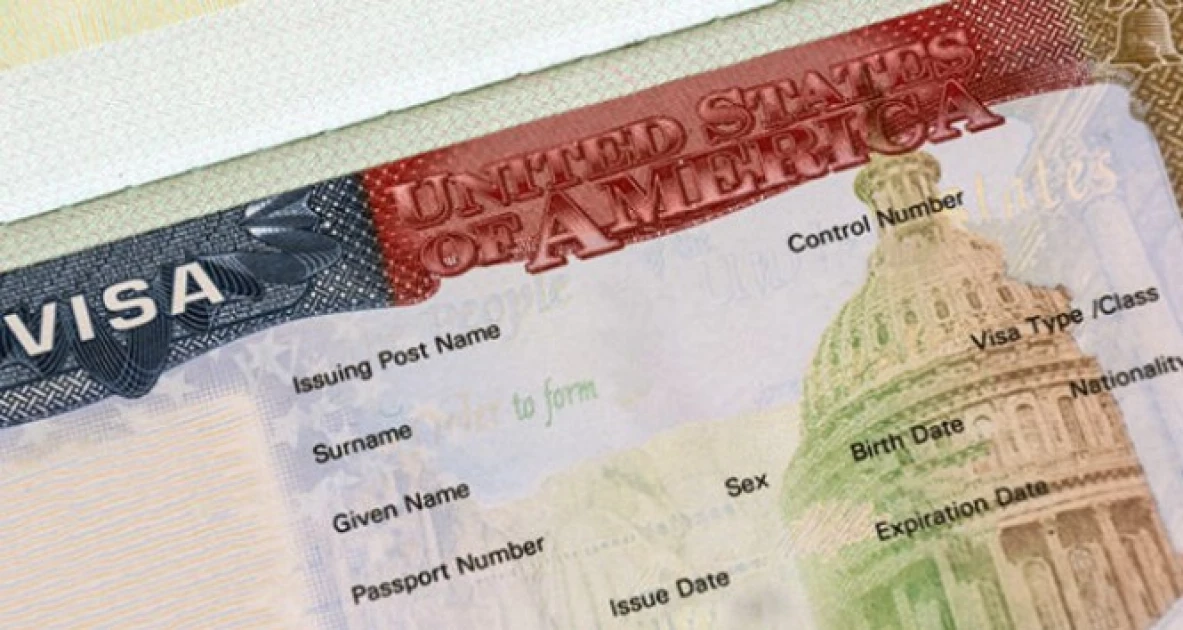A newly introduced $250 (Ksh.32,375) “visa integrity fee” for travelers to the United States is raising concern across the global travel industry. The new charge, which takes effect on October 1, is expected to worsen an already declining number of international visitors to the U.S.
The fee will apply to travelers from countries that are not part of the U.S. Visa Waiver Program—including Mexico, India, Brazil, Argentina, and China—bringing the total cost of a U.S. visa to $442 (Ksh.57,200), one of the highest in the world.
According to new U.S. government data, international arrivals fell 3.1% in July 2025, marking the fifth month of decline this year. In total, 19.2 million visitors arrived in July, far below expectations for 2025, which was projected to surpass the pre-COVID 2019 level of 79.4 million annual visitors.
“The extra cost adds more difficulty for international travelers,” said Gabe Rizzi, president of global travel firm Altour. “This will hit harder after the summer travel season ends when travelers start planning for the holidays or business trips.”
International travelers bring in billions of dollars to the U.S. economy. However, tourist spending is expected to drop from $181 billion in 2024 to below $169 billion in 2025, according to the World Travel & Tourism Council.
The U.S. Travel Association has also warned that higher travel costs and stricter immigration rules may continue to reduce visitor numbers and revenue from tourism.
This new visa fee is not the only challenge. The Trump administration is also proposing:
Shorter stay periods for student and media visas
Security bonds of up to $15,000 for some business and tourist visas
Tighter rules for cultural exchange visitors
These policies have made many foreigners feel less welcome in the U.S., potentially damaging the country’s global image ahead of major events like the 2026 FIFA World Cup and the 2028 Los Angeles Olympics.
Surprisingly, Central and South America—regions that have seen growth in U.S. travel—could suffer the most.
Travel from Mexico to the U.S. rose 14% so far in 2025.
Arrivals from Argentina increased 20%
Visitors from Brazil rose 4.6%
However, these gains are now at risk
In contrast, travel from China remains 53% below pre-pandemic levels, and Indian visitor numbers are down 2.4%, largely due to an 18% drop in students.
Some travel agencies worry that other countries may now respond with reciprocal visa fees for American travelers.
“Many U.S. travelers are already asking whether other countries will start charging us back,” said James Kitchen, owner of Seas 2 Day & Travel.
Others, like Chinese travel company founder Su Shu, say that high costs have always been part of visiting the U.S.:
“If you don’t have enough money, it’s already hard to get a visa. This is just another step in a long process.”
For Kenyan travelers—who are not part of the U.S. visa waiver program—this change means higher travel costs and possibly longer wait times due to stricter visa checks.
Whether traveling for tourism, study, or business, applicants will need to budget more and plan well in advance.
As global criticism of these new U.S. travel policies grows, experts say the world may respond by making it just as difficult for Americans to travel abroad.



